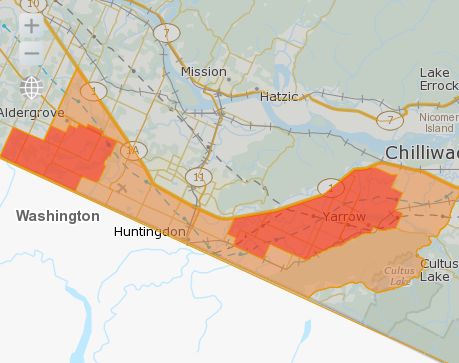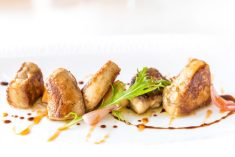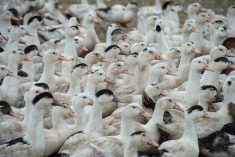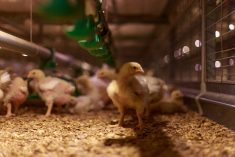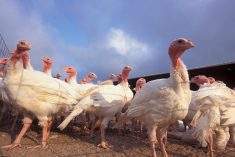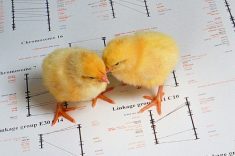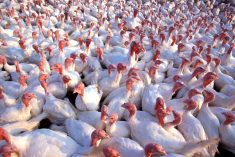Quarantines ending on poultry and egg farms in British Columbia’s Fraser Valley have allowed federal officials to slightly pull back their zone coverage against the spread of avian flu.
As of last Thursday (Feb. 12), federal quarantines are lifted on five of the 11 commercial broiler, turkey and egg farms that were confirmed in December to be infected with highly-pathogenic H5N2 avian flu.
Quarantines on infected properties can be lifted following a 21-day waiting period after the facilities are depopulated of birds, cleaned and disinfected.
After the first five farms were confirmed infected, CFIA in December set up primary control, restricted and infected zones and sub-zones in the southern half of the province, within which movements of birds (including poultry, fowl and pets), poultry products, byproducts and poultry farm equipment are restricted.
Read Also

U.S. livestock: Cattle strength continues
Cattle futures on the Chicago Mercantile Exchange were stronger on Friday, hitting fresh highs to end the week.
“Infected” sub-zones cover up to three kilometres out from any known infected premises, while “restricted” zones surround infected sub-zones for up to 10 km out from those infected premises.
The primary control zone covers the entire southern half of B.C., including Vancouver Island and the Queen Charlotte Islands.
As of Wednesday, CFIA said, the “restricted” zone now uses the Trans-Canada Highway as its northern border, rather than the Fraser River.
Adjustments have also been made to the western border of the restricted zone, CFIA said, to reflect quarantines lifted from individual farms.
“Lifting of the quarantines and reduction in the size of the restricted zone are positive steps,” CFIA said in a statement.
When all the quarantines are lifted, the agency said, “we will be in a better position to determine steps to declare the end of the outbreak.”
“Less restrictive”
While movement of birds and bird products in the primary control zone still requires CFIA permits, residents and farmers who are no longer in the restricted zone can now move birds and bird products under the “less restrictive” conditions of the “security” zone.
The security zone includes all parts of the primary control zone other than the infected sub-zones and restricted zone.
For example, table eggs from small, non-commercial poultry farms in the security zone can be moved within and outside the primary control zone under general permit, rather than under the specific permits required for eggs from such farms in the infected or restricted zones.
For another example, caged pet birds can also be moved from the security zone to anywhere in the primary control zone under general permit.
Such birds being moved from infected or restricted zones to the security zone — or from anywhere in the primary control zone to any point outside the primary control zone — would instead need a specific permit.
The primary control zone will stay in effect until CFIA rules that movement controls are no longer required to prevent the spread of avian flu, the agency said.
In making that call, CFIA said, it will have to consider “factors such as disease surveillance testing and progress on the destruction and disposal of infected birds and complete disinfection of premises.” — AGCanada.com Network

